#livadia palace
Explore tagged Tumblr posts
Text

Grand Duchesses Olga, Marie and Tatiana Romanov at the Livadia Palace in 1911.
#Olga Romanov#Marie Romanov#Maria Romanov#Romanov#Romanovs#Tatiana Romanov#Livadia Palace#History#1911
49 notes
·
View notes
Text

Livadia Palace in Livadiya, Crimea, Ukraine
Russian vintage postcard
#palace#carte postale#postkarte#romanov#historic#postcard#sepia#ansichtskarte#postkaart#tarjeta#crimea#ukraine#briefkaart#ephemera#photography#russian#livadia#vintage#postal#livadiya#livadia palace#photo
47 notes
·
View notes
Text
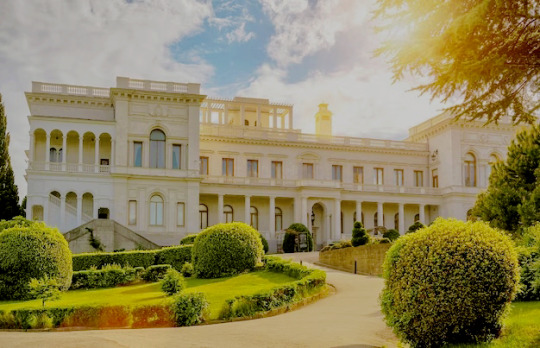
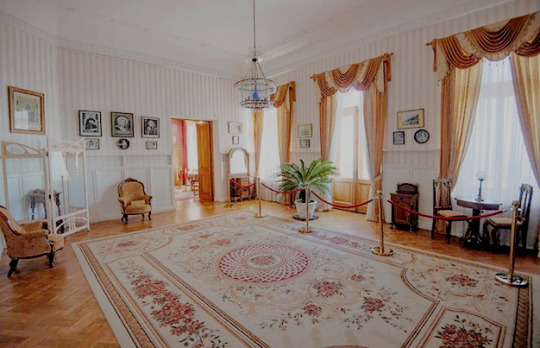

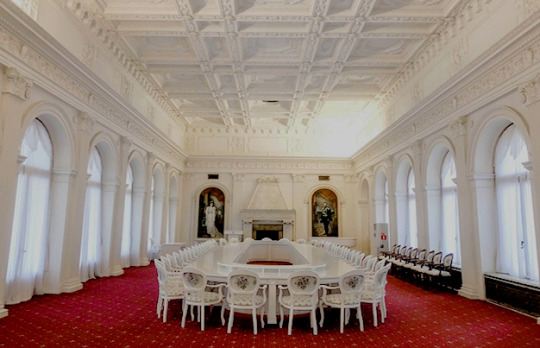

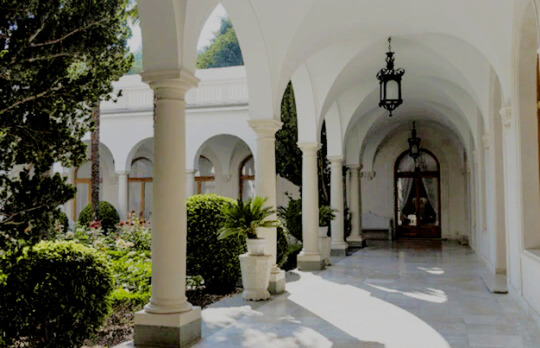
"The Livadia Palace was two-storeyed and Italian Renaissance in style, with large windows that let in the light, and faced in local white Inkerman limestone — prompting its popular name as the 'White Palace'. It had been completed inside sixteen months, including a second house for the imperial entourage, and had all the modern conveniences of central heating, lifts and telephones. Having taken possession on 20 September Nicholas wrote to his mother: 'We cannot find the words to express our joy and the pleasure of having such a house, built exactly as we wished … The views in all directions are so beautiful, especially of Yalta and the sea. There is so much light in the rooms and you remember how dark it was in the old house.' Inside all was simplicity, much in the style moderne that Alexandra favoured. The private apartments on the second floor had the preferred white furniture and chintz fabrics, and as usual there were flowers everywhere. The windows and balconies at the back of the palace gave out over the sea: Olga and Tatiana delighted in taking their morning French lessons with Pierre Gilliard out on the balcony. On the northern side of the palace facing inland, the palace looked out onto the rugged Crimean mountains in the distance. A cool and shady inner courtyard featured Italianate marble colonnades and a fountain surrounded by a pretty knot garden. It was a favourite place for the entourage to escape the heat of the day and sit and chat after luncheon."
Four Sisters: The Lost Lives of the Romanov Grand Duchesses | Helen Rappaport
85 notes
·
View notes
Text

Tsarina Alexandra Feodorovna with Grand Duchesses Maria Nikolaevna & Anastasia Nikolaevna, AKA Little Pair, in Livadia. August/September 1913.
#alexandra feodorovna#anastasia nikolaevna#maria nikolaevna#little pair#livadia#crimea#livadia palace#1910s#imperial russia#romanovs
58 notes
·
View notes
Text
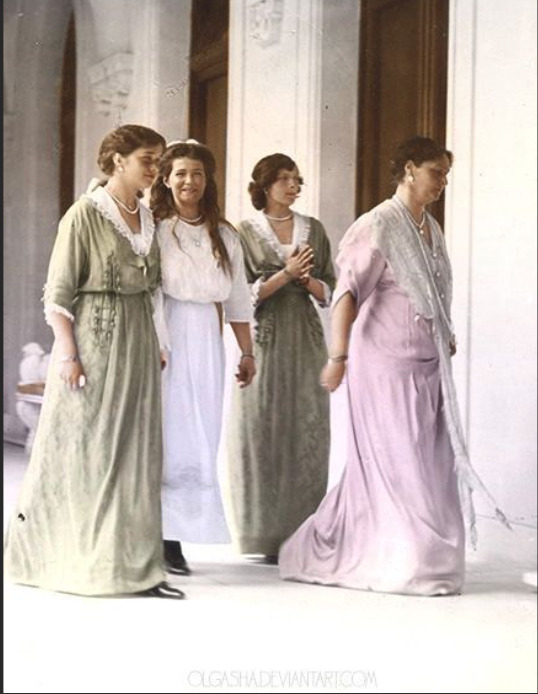
Empress Alexandra and her daughters
This is my very favorite picture of Empress Alexandra and her daughters. What a shame that Anastasia does not appear in it. I could not locate my black-and-white copy, which I find even more...bewitching, so I am posting this colorized version which is not bad at all.
When I look at this picture, with the airy, uncluttered spaces and white columns typical of the Livadia Romanov Palace, this is what I see: Hera, followed by three younger goddesses (Athena, Diana, Venus) who are just about to get a lecture (not a thunderous one, mind you, but look at the Empress' face.)
This is just a very personal, aesthetic impression. I don't by any means consider the Romanovs part of the Greek/Roman pantheon.
Notice that each woman is wearing a bracelet on their right hand. Apparently, the Hesse sisters did this, to signify their sisterhood; Alexandra and her daughters continued the tradition.
#Romanov dynasty#Romanov family#Nicholas and Alexandra#Empress Alexandra#Princess Alix of Hesse#Grand Duchess Olga Nikolayevna#Grand Duchess Tatiana Nikolayevna#Grand Duchess Maria Nikolayevna#Imperial Russia#Russian history#Livadia Palace
15 notes
·
View notes
Text
Ukraine: Explore the Gems of Eastern Europe
Ukraine is one of the largest countries in Europe in terms of area, and is characterized by a rich history and diverse culture. Ukraine is one of the wonderful and exciting travel places in Eastern Europe, where visitors can discover its natural, historical and cultural beauty. In this article, we will give you an overview of the travel and tourism attractions in Ukraine and the things you should…
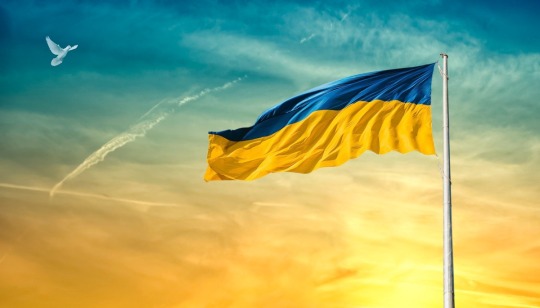
View On WordPress
#Chernobyl#Crimea#Kyiv#Latvia#Livadia Palace#Lviv#Odessa#Ranger of Miles#rangerofmiles#The Carpathians#Travel#Ukraine#vacation
2 notes
·
View notes
Text
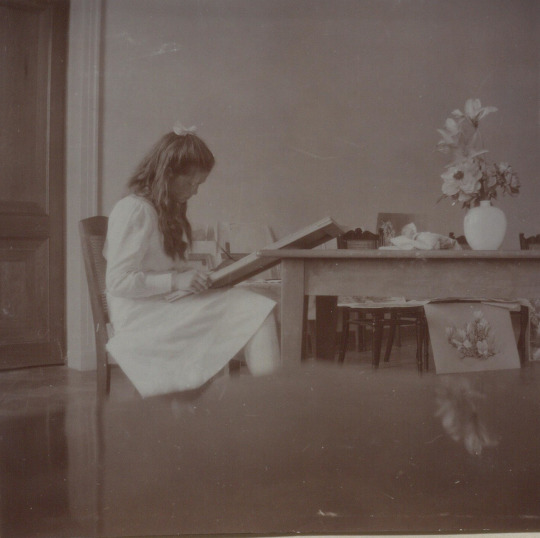

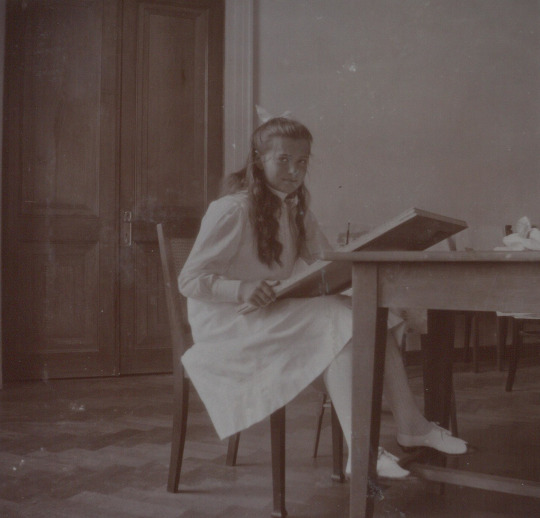

Grand Duchess Maria Nikolaevna of Russia working on an art piece, Livadia 1912
#maria nikolaevna#livadia#1912#romanov#grand duchess maria#grand duchess maria nikolaevna#new palace livadia#art#m#romanovs#crimea#early 1900s#maria nikolaevna of Russia#maria romanov
90 notes
·
View notes
Text

The Imperial Family in the Livadia Palace by Daria Buravtseva
"In my work ... I set the task of showing a long-gone era, and people whose fate personifies the tragedy of the Russian Empire. One day I was traveling the Crimea and visiting palaces, wandering through museum halls filled with Crimean air and scorching sun. At that moment, a long-gone era appeared before me as if it were yesterday.
I wanted to show the Romanovs not as the royal seven, but as living happy people. I had a desire to show that history is multifaceted and consists not only of tragic moments but is also full of happy moments in the lives of historical figures."
#Russia#Romanov#Livadia#Nicholas II.#Alexandra Fyodorovna#Olga Nikolaevna#Tatiana Nikolaevna#Maria Nikolaevna#Anastasia Nikolaevna#Alexei Nikolaevich
410 notes
·
View notes
Text
New photographs of the last Romanov family (scroll to see them all!)


Some of the photographs were previously only available for viewing in very low resolution - see these photos for before vs after to show the difference!



The photos mostly originate from the meetings of the Romanov family with their Hessian relatives: the Tsarina’s brother Grand Duke Ernst Ludwig, his wife Grand Duchess Eleonore, and their children, Georg Donatus and Ludwig. Photographs include the family on the Standart yacht, in the Livadia Palace dining hall, and at events greeting the public, from around 1910 to 1912.












Sources and photos:
📍Ольга, @om871218 (Pinterest), [accessed November 2024]
📍Darmstadt (Hesse), Hessisches Staatsarchiv Darmstadt
— I have cropped the photos so just the images are shown, and no background walls/screens
#olga nikolaevna#tatiana nikolaevna#maria nikolaevna#anastasia nikolaevna#otma#alexei nikolaevich#nicholas ii#alexandra feodorovna#romanovs#Romanov family#OTMA#Romanov sisters#new photos#can’t believe all this new content!#archives#uncle ernie#Aunt Eleonore#georg donatus#Ludwig#cousins#1910#1911#1912#Livadia#Germany#Standart#Mikhail Alexandrovich#olga alexandrovna#aunt Olga#uncle Misha
121 notes
·
View notes
Text

Alexandra Feodorovna and Ernst of Hesse at the Livadia Palace, April 20th 1912
24 notes
·
View notes
Text

The Grand Duke, after this voyage, returned abroad every autumn. (...) In the autumn of that same year, 1894, Grand Duke Paul was to go to England, accompanied by Grand Duke Serge Alexandrovich. The reason for the voyage was the arranged marriage of Grand Duke Paul to one of the English Royal Princesses. The preparations for the journey had already been made, the bags and trunks all packed, when a dispatch from Livadia arrived, announcing the worsening of Emperor Alexander III's illness. We immediately repacked the contents of our trunks and left for the Crimea.
We stayed a week at Livadia. We found the Emperor dying. (...) On the morning of October 20, Grand Duke Paul came back from the Emperor's bedroom, and told me and then the other servants that it was all over. We asked the Grand Duke if we could go make our farewells to the departed Emperor. He responded that we could. One after another we sadly went into the Emperor's bedroom, where he was no longer sleeping in the bed, but was now sitting in a large armchair, dressed in his bed robe, exactly as death had taken him. Next to him was Empress Marie Feodorovna, who kissed him. We bowed and kissed the deceased Emperor's hand and saluted the Empress. That same evening we attended the funeral services for the repose of the soul of Alexander III. After that, we then swore our oath to the new Emperor, Nicholas II, and the following morning left Livadia.

We spent the summer months abroad that following year, 1895, and stayed in the home of the elderly Queen Victoria at Windsor Palace. Grand Duke Paul passed the days in a strictly familial setting. (...) As I already said, the reason for the journey to England was the eventual marriage of Grand Duke Paul to one of the English princesses. However, that plan was never realized; the Grand Duke and the Princess, it was said, were not able to find "mutual affinity in their characters." We returned to Petersburg at the beginning of autumn.
Upon our return to Petersburg, life quickly regained its usual pace. The Grand Duke, as always, avoided noisy distractions and was always at work in the Horse Guard Regiment. This occupation kept away the sad thoughts of his destroyed family life and calmed his nerves. He exactly followed the exercises of the Regiment and took an active part in his men's lives. In addition to the obligatory presence at the regular parties of the Regiment, Grand Duke Paul also regularly attended the officers' dinner once a week.
MEMORIES OF ALEXEI VOLKOV Personal Valet to Tsarina Alexandra Feodorovna 1910 - 1918

#paul alexandrovich#romanov#imperial russia#imperial family#royalty#19th century#grand duke#queen victoria#british royal family#alexander iii of russia#maria feodorovna
11 notes
·
View notes
Text





Grand Duchess Anastasia Nikolaevna Romanov painting at the Livadia Palace in 1912.
42 notes
·
View notes
Text

Romanov children in the Livadia palace, Livadiya, Crimea, Ukraine
Russian vintage postcard
#historic#children#livadiya#photo#briefkaart#vintage#livadia#romanov#sepia#crimea#photography#carte postale#postcard#palace#postkarte#postal#tarjeta#ansichtskarte#old#ephemera#postkaart#ukraine#russian
3 notes
·
View notes
Text

Alexei walking by Livadia palace.
28 notes
·
View notes
Text
Paralells-Crimea
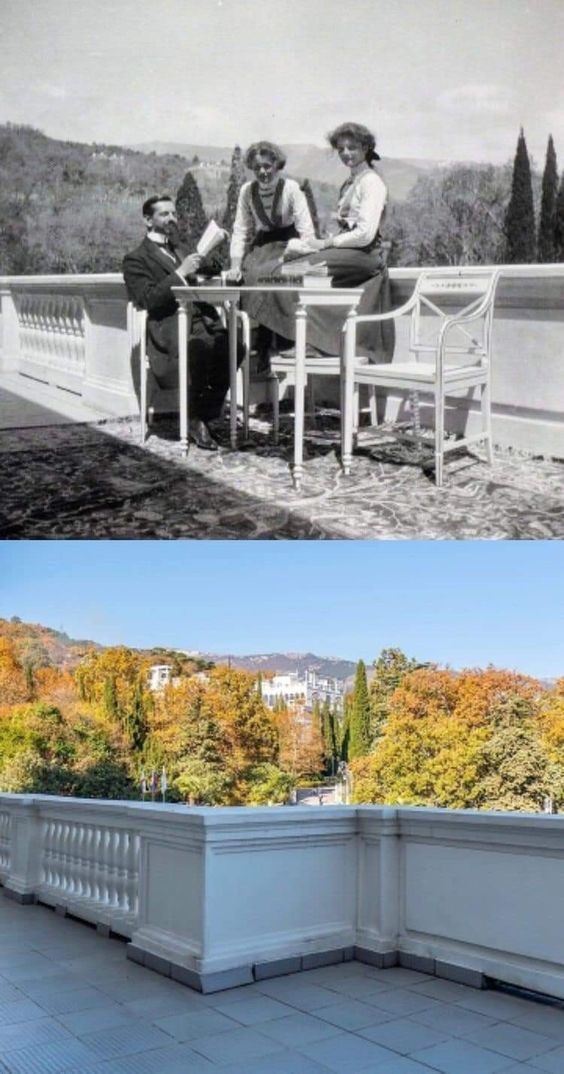

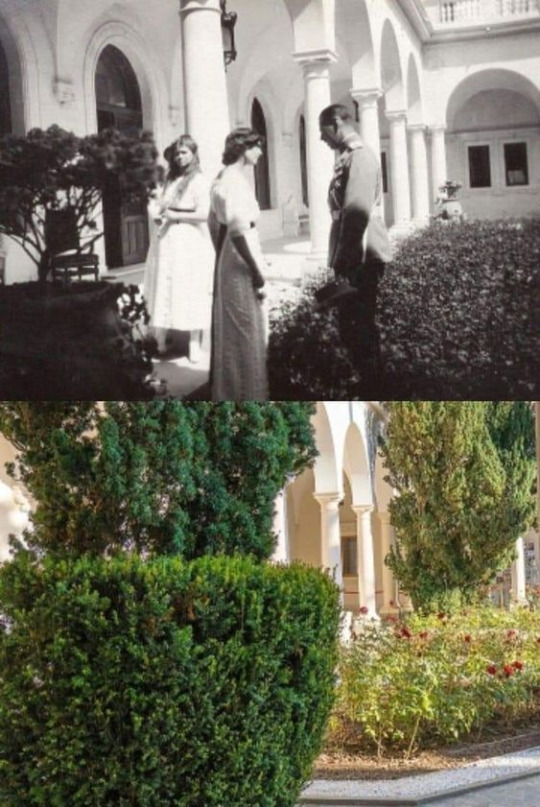
#paralells#romanov family#crimea#house of romanov#otmaa#tsar nicholas ii#livadia palace#livadia#yalta#alexandra feodorovna#summer vacation#summer#summertime#romanovs
29 notes
·
View notes
Text
"In St. Petersburg we work, but at Livadia, we live."
Grand Duchess Olga Alexandrovna
In 1909, Nikolay Krasnov, who was responsible for the Yousupoff Palace in Koreiz, was engaged to design a new imperial palace in Livadia (before that, there had been an imperial residence in Livadia consisting of a large and a small palace used by Alexander II and later by Alexander III, who died at the smaller residence.) When Nicholas II decided to build the new palace, he also demolished the older residence but left the small palace where his father died.
The Tsar's diary indicates that the Imperial Family discussed the design; it was decided that all four façades of the palace should look different. After 17 months of construction, the new palace was inaugurated on 11 September 1911. In November, Grand Duchess Olga Nikolaevna celebrated her 16th birthday at Livadia.
The family was always the happiest at Livadia.
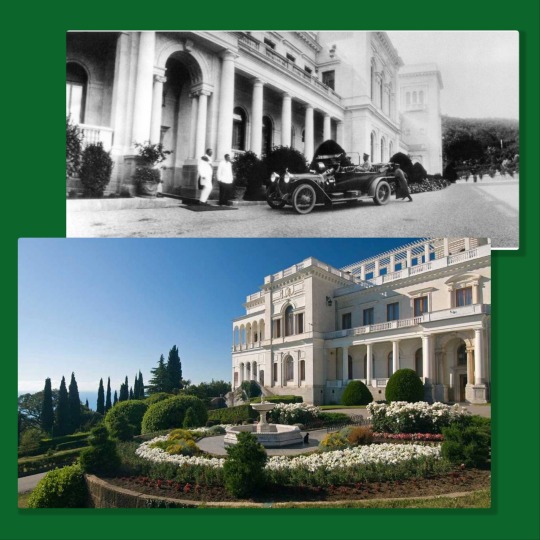
One of the Tsar's "motors" at Livadia. If you look carefully, you can see the "side of the palace" where the car is parked and the main entrance in both the contemporary colored and black and white photos.
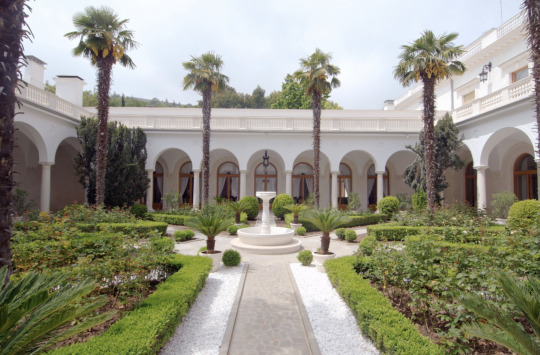
Above is the beautiful Italian Courtyard of the palace as it stands today. If you look at pictures taken when the Romanovs used the palace, the centerpiece of the courtyard was different. Today, there is a fountain at the center. Examining the older pictures (below), you can see that there seemed to be what I can only describe as a "well" at the center of the courtyard. There was a column on each side of the well. In one of the photos below, you can see Grand Duke Dmitry Pavlovich; he had his own rooms at the Livadia Palace.
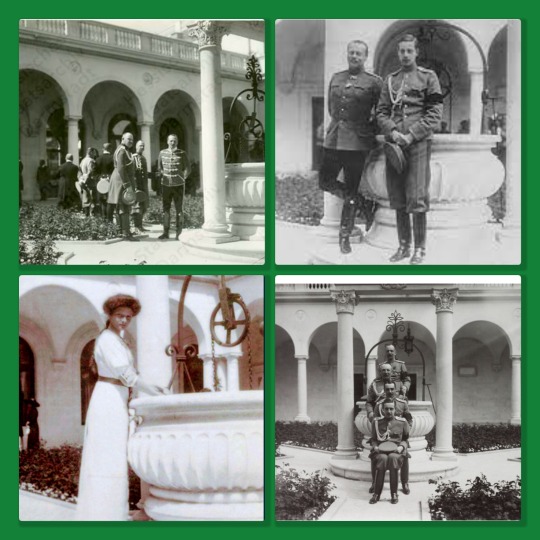
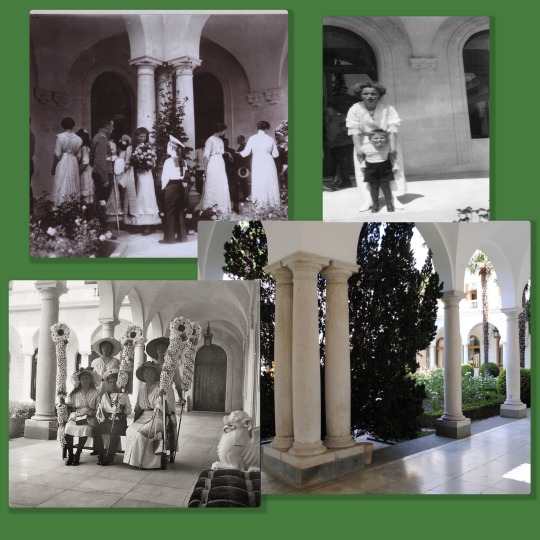
Nicholas II and his family were so at ease at Livadia that they also conducted some minor official functions in addition to family activities. When the family went to Livadia, they usually went as far as Yalta by sea; it is easy to infer that the official activities they conducted were related to the crew of the Standart. In addition, at the time, it was believed that mountain air and rest could cure tuberculosis, and there were several spas and sanatoria in the mountains in the area. The Empress and the girls visited the sick there (they also participated in other charitable activities.)
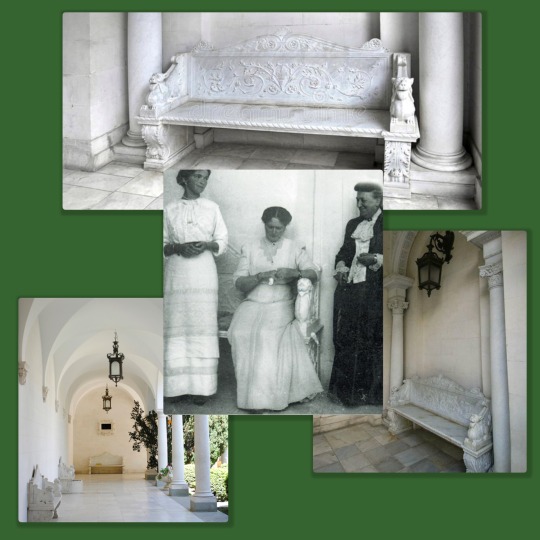


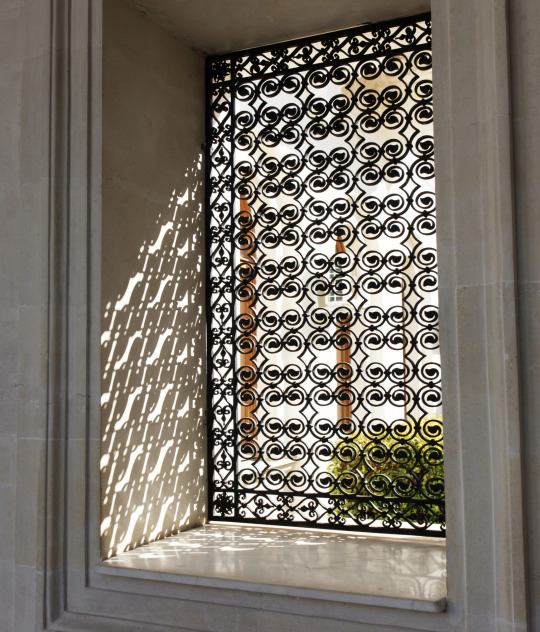
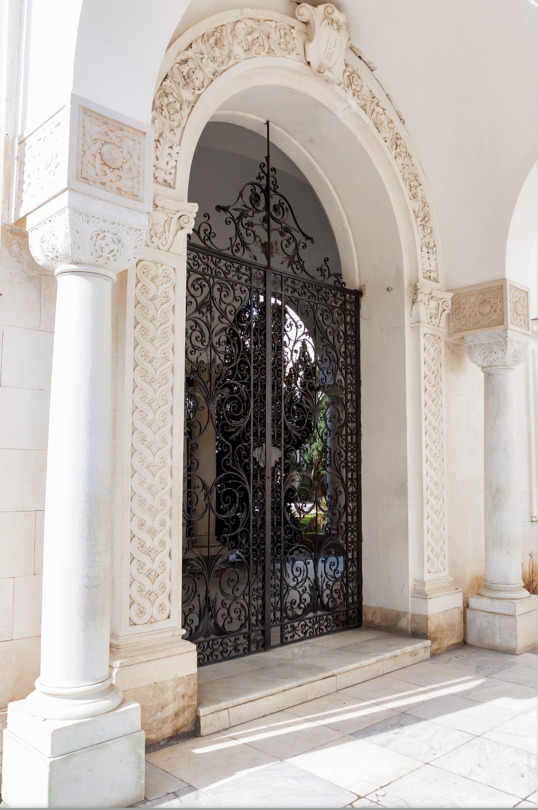
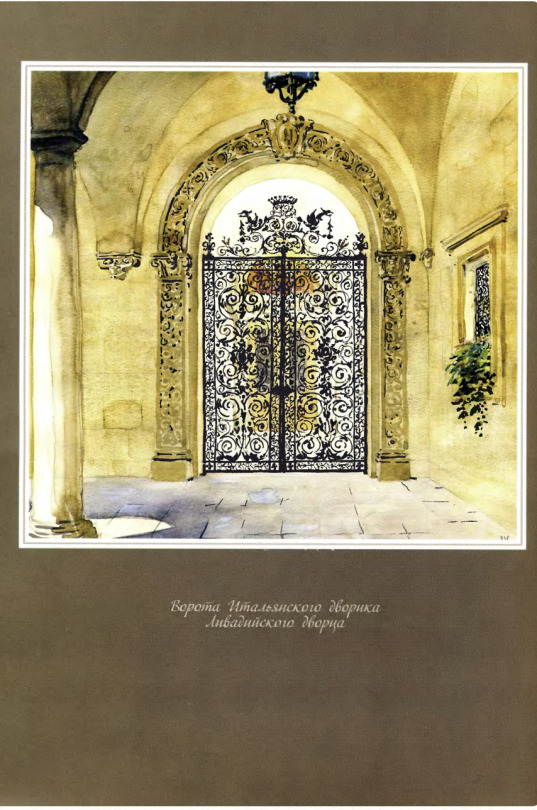
The Yousupov family gifted the beautiful door above to Nicholas and Alexandra. The painting next to it is from a beautiful book by Kravnov ("Fiftieth Anniversary of Yalta"), who worked on the palace's design (and on that of the Crimean summer residences of several Grand Dukes.) The window is also featured in the painting.
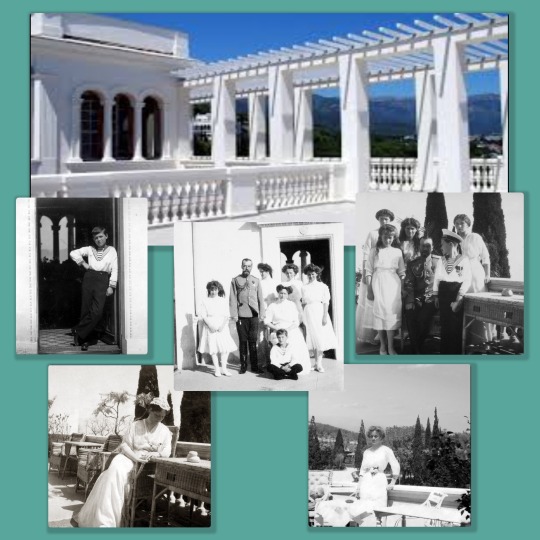
The "solarium" seems to have been a very popular area. Nicholas and his children preferred the outdoors, and Livadia seemed to provide the Empress with the perfect environment to get sun and fresh air in comfort regardless of her many ailments.
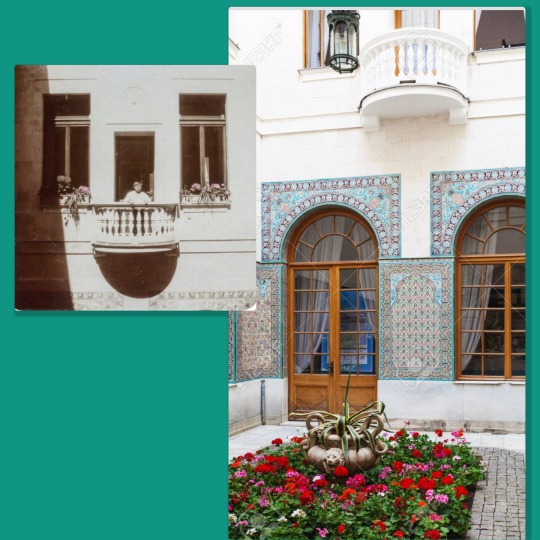
This is the "Moorish" courtyard of the palace. It is small, but notice the exquisite tilework on the walls. And, of course, the little balcony between the windows seemed perfect to Alexis for him to "address" his family.
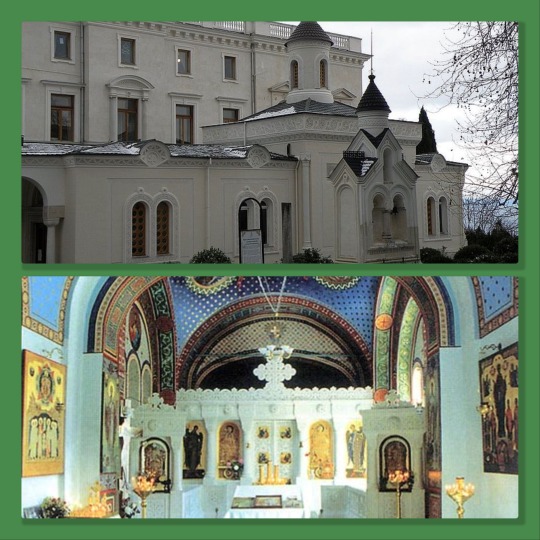
The palace had a chapel so that the Romanov family could worship in privacy.
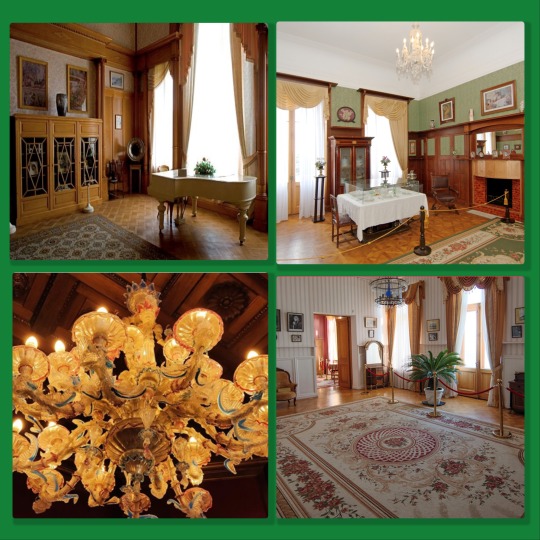
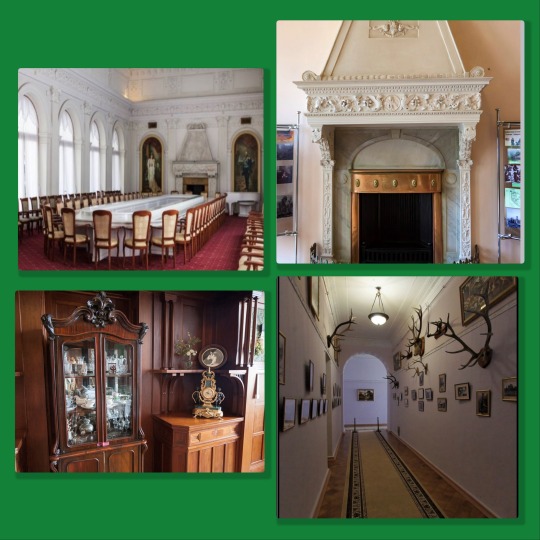
A few of the interiors of the palace. The chandelier is Murano Glass (amazing that it survived all these years.) Olga's coming-of-age celebration took place in Livadia in the formal dining room in the photograph above, dancing spilling into the flower-perfumed courtyard. That is a luxury of the type you cannot buy! The girls' rooms are currently being restored. There are pictures of the rooms as they were, but I was not sure they were from Livadia, so I did not include them.
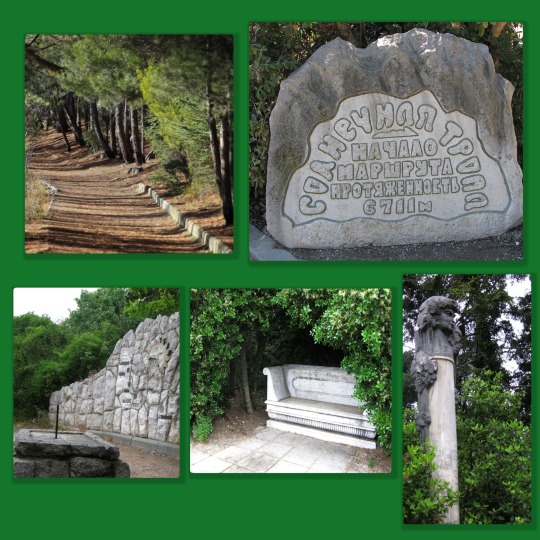

Finally, some photos of the "Tsar's Path" (or Sunny Path), which exists to this day (it goes from Livadia Park to the city of Gaspra.) The family loved to walk this path (regardless of its name, it is not sunny but pleasantly breezy). This path is on one level so that anybody can walk it, regardless of their cardiovascular status. I have read two stories about how it "emerged," and as usual, the truth is probably in the middle. First story: The new Livadia Palace did not exist yet, but the Romanovs used the old palace and always loved coming to Livadia. Alexander III kept gaining weight, and his doctor recommended that he walk but not overdo it...so Alexander had the path leveled. The path's beginning and end differed from what they would be later. Second Story: Sandro had the path from Ay Todor toward Livadia built because Nicholas and Sandro's families always visited each other (they started calling it the Prince's Path.) Nicholas loved the idea and extended the path.
Today, the main path remains, and other routes to other small towns can be hiked from it. Many of the same benches and sculptures are where they were at the time of the Romanovs.
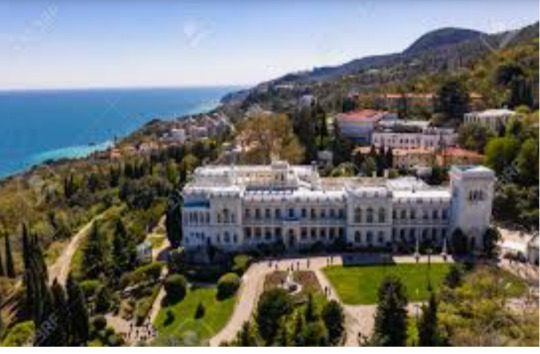
Just one last photo. Here, you can see how close the palace is to the mountains and the sea. A beautiful big house full of fresh air and light with flowers perfuming the air. No wonder Olga liked it so much! (gcl)
#russian history#romanov dynasty#nicholas ii#otma#Empress Alexandra Feodorovna#Emperor Alexander III#Grand Duke Alexander Mikhailovich#Ay Todor#Nikolay Krasnov#grand duchess olga nicholayevna#Grand Duchess Tatiana Nicholayevna#Grand Duchess Maria Nicholayevna#Grand Duchess Anastasia Nicholayevna#Tsarevich Alexei
61 notes
·
View notes